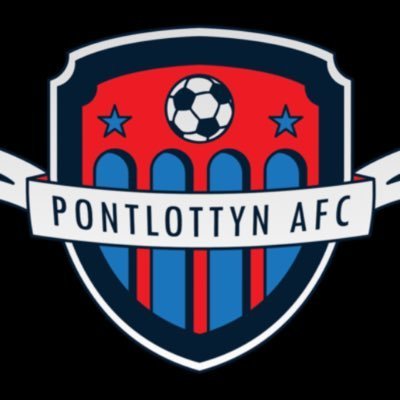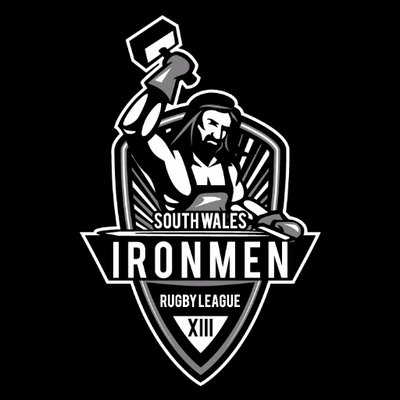In a balanced ecosystem, plants and animals have evolved to live together; checks and balances maintain general stability. ISPM 15 plays its part in defending local environments against external threats posed by invasive species.
If a non-native organism enters the ecosystem, also known as an invasive species, the native flora and fauna may have no natural defence against the intruder. Only one native species needs to be vulnerable to the intruder to disrupt the entire ecosystem. This is where ISMP 15 comes into play.
International Standards for Phytosanitary: What Does it Mean?
ISPM 15 stands for the International Standards for Phytosanitary Measures 15. Phytosanitary measures relate to maintaining the health of plants.
The Food and Agriculture Organization (FAO) division of the United Nations coordinates international efforts to fight hunger. It has 194 member states and drew up the ISPM 15 regulations. The International Plant Protection Convention (IPPC) oversees the implementation of the regulations.
What Does ISPM 15 Do?
The ISPM website states, “Globalisation and increased international trade flow have led to non-autochthonous animal and plant materials being distributed worldwide. The organisms in wood can be parasitic, which can lead to diseases in plants and plant products. With the use of the ISPM-15 regulations, one tries to prevent the spread of non-autochthonous parasites.”
In other words, the ISPM 15 regulations seek to limit the spread of parasites from their natural habitat to one in which they are non-native. Specifically, ISPM 15 calls for the prior treatment of wood used in packaging and transport to ensure that the wood is free from parasitic infection.
Countries that Require ISPM 15
The Food and Agriculture Organization of the United Nations lists 82 countries on its website that have implemented ISPM 15 and the date when they signed up. In some countries, Australia is one, signed as long ago as 2004. Others, such as Belarus in 2018, are more recent signatories.
Confusingly, some of these are listed as having ratified NIMF 15. This is exactly the same program; it is simply a translation into Spanish of ISPM.
Wood Treatment
There are several types of treatments that a company can choose from to treat their wood according to ISPM 15 standards. They include:
Heat Treatment
ISPM 15 calls for heat treatment to be used on wood and stipulates that wooden packaging material must undergo 30 continuous minutes of treatment at a minimum temperature of 56 degrees centigrade. This minimum temperature must permeate the entire piece of wood, from its core to its surface.
Methyl Bromide
Methyl bromide treatment is less common as it involves fumigating the wood in a sealed container or tent and leaving it for twenty-four hours.
Other Treatment Processes
A packaging supplier can use various procedures to treat the wood as long as these requirements are met. Such as:
- Kiln drying
- Heat-enabled chemical pressure impregnation
- Microwaving
Wood Treatment Exemptions
Some materials used in transport or packaging are not subject to ISPM 15 requirements. For a complete list of exempt wood, please refer to the ISPM website. The ISPM 15 website gives the following examples of wood exempt from treatment:
- Presswood pallets: These are made from sawdust, wood shavings, and recycled wood and do not harbour parasites.
- Plastic pallets: Clearly, these do not fall under ISPM regulations.
- Thin wood: If the material used is less than 6mm thick, it is exempt.
- Processed wood: If the packaging is made of processed wood, it is exempt.
- Barrels for wine and spirits: These are exempt if they were heated during manufacture.
Is Plywood ISPM 15 Compliant?
Plywood, particleboard, oriented strand board, and wood veneer are low risk, and the ISPM 15 requirements do not apply. This is because the manufacturing process is likely to eradicate any pests that infest the wood being used.
How To Tell If Wood Has Been Treated
All heat treated pallets carry an Intergovernmental Panel on Climate Change (IPCC) mark. This shows the IPCC logo, the country of origin code, the type of treatment used, and the manufacturer. If you cannot find the IPCC mark, your wood has more than likely not followed ISPM 15 protocol.
Why is Wood Treatment Important?
The ISPM 15 website lists a range of threats that they are trying to combat. Amongst these is the subfamily of insects called Lyctidae. The seventy members of this subfamily are commonly called Powderpost beetles. Powderpost beetle larvae spend months or even years inside the wood, where they feed on the starch and reduce the wood to a fine powder if given enough time.
Another honourable mention pest is the Bursaphelenchus Xylophilus, commonly called the pinewood nematode. Native to North America, it spread to Japan in the early twentieth century and later to other areas of Asia and Europe. One of the main factors behind its spread from North America has been increased human activity, mainly international trade. Once a pine tree is infested, it will wilt and eventually die.
Both of these pests cause considerable damage and economic hardship. ISPM 15 is an attempt to reduce the impact of non-native species on local ecosystems.
How Do I Get an ISPM 15 Certification?
In most countries, the Department of Agriculture is responsible for ISPM 15 certifications. Authorized inspectors will issue certificates if they are convinced that the manufacturer is meeting ISPM 15 requirements.
Joining the Wood Packaging Material Programme in the UK
The UK government states on its website that, “To produce ISPM 15 compliant packaging, you must be a member of the UK Wood Packaging Material Marking Programme (UKWPMMP) and have 6-monthly assessments of your facility… You must also register with the Forestry Commission as a professional operator to apply ISPM 15 marking.”
Conclusion
Wood is a perfect material to use in the transportation and protection of goods in shipment. Unfortunately, wood is also home to many pests, and no exporter wants to include a dangerous pest in its shipment. The ISPM 15 regulations attempt to curtail the spread of invasive species to areas where they can cause great harm. It is, perhaps, impossible to completely eradicate the threat, but ISPM 15 seeks to reduce it as much as possible.





